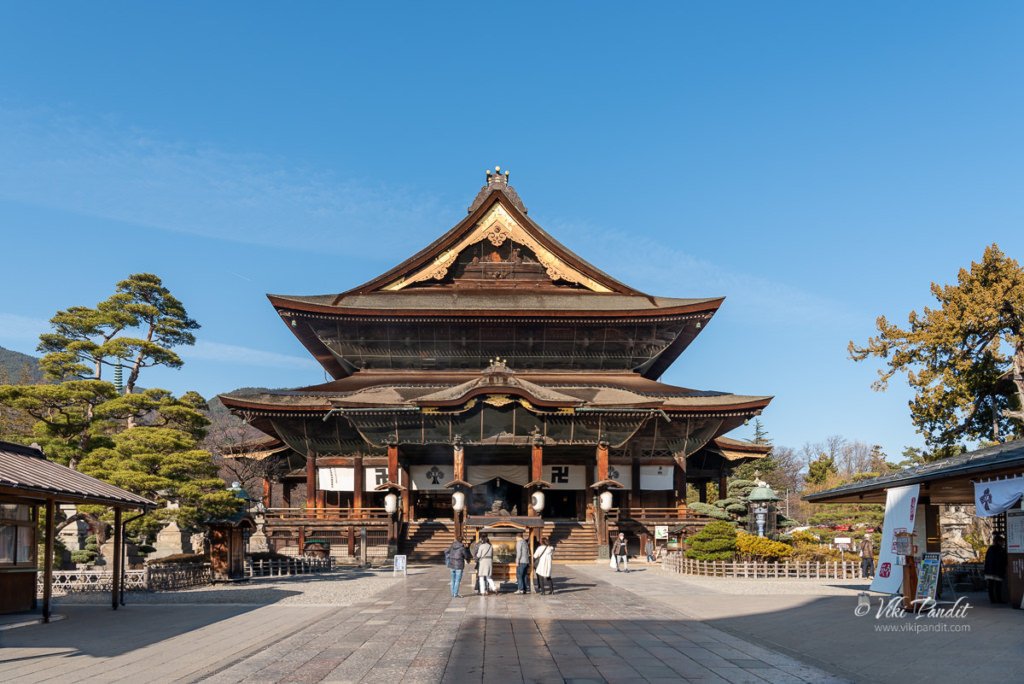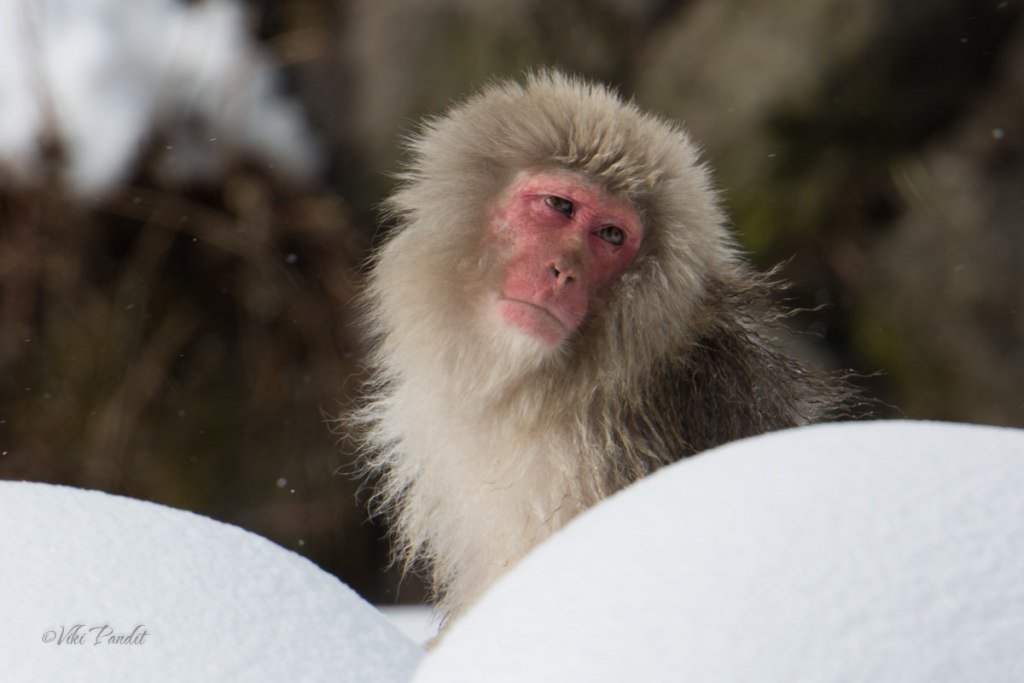

Zenkoji
Zenkō-ji is a Buddhist temple located in the city of Nagano, Japan. The temple was built in the 7th century. The modern city of Nagano began as a town built around the temple.


Zenkō-ji is a Buddhist temple located in the city of Nagano, Japan. The temple was built in the 7th century. The modern city of Nagano began as a town built around the temple.


Today we visit the Matsumoto Castle, one of four castles designated as ‘National Treasures’ of Japan with over 400 years of history. With the Japanese Alps in the the background and a red bridge connecting the surrounding moat, it is one of the most picturesque castles in all of Japan.


Snow Monkeys of Jigokudani
Loading more posts...